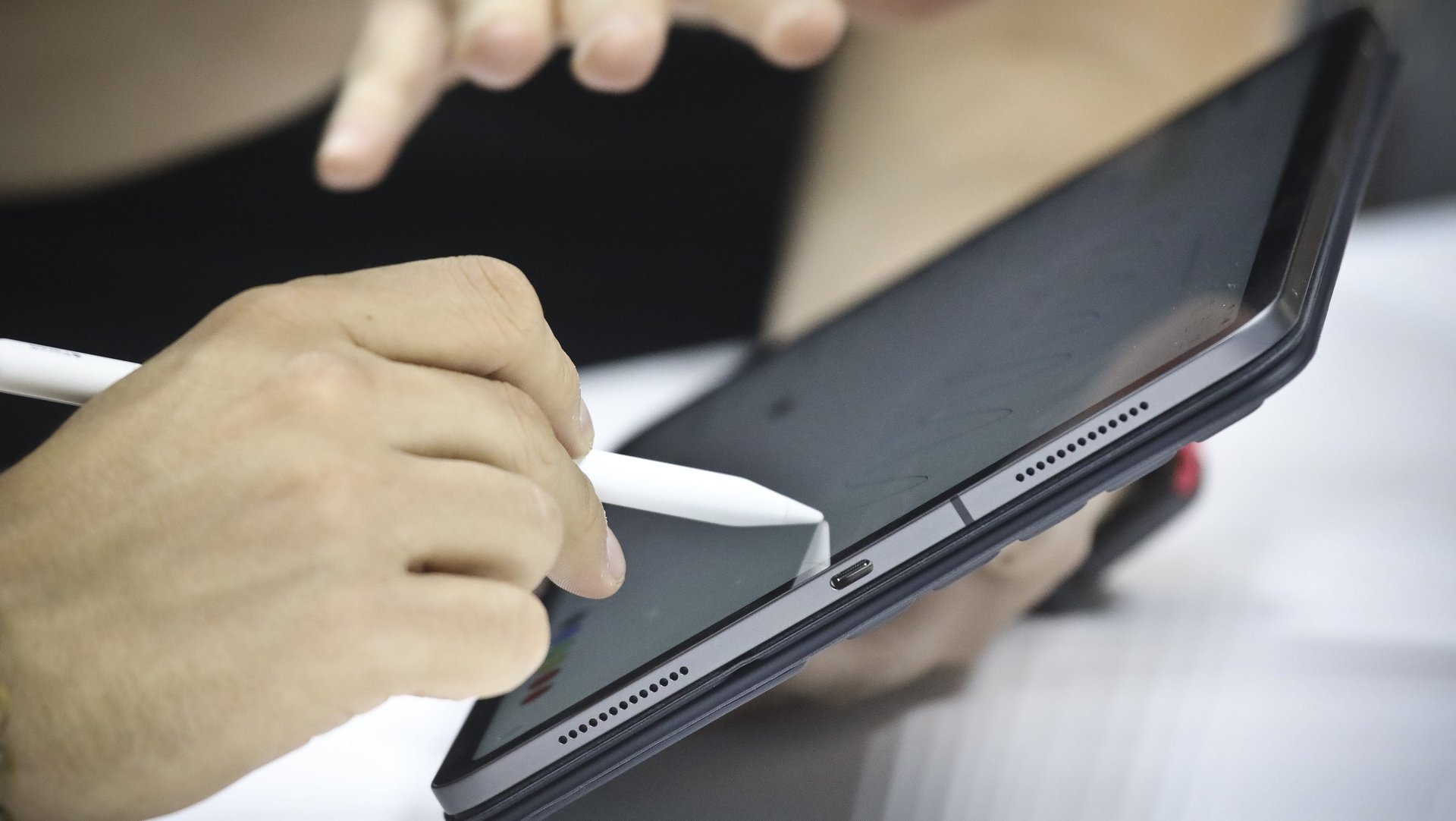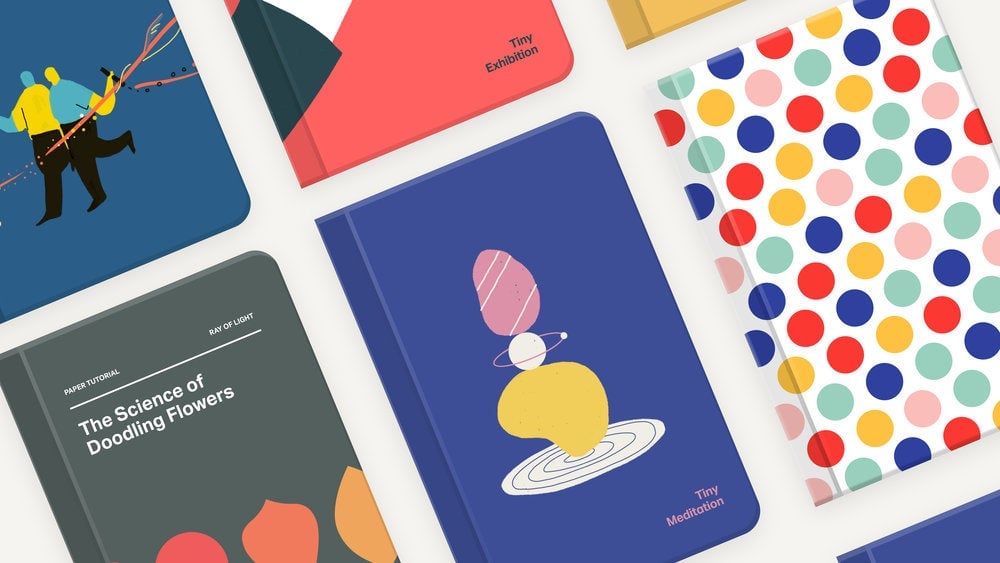A new sketching platform is designed to help adults get over the fear of drawing
Vacansopapurosophobia, or the terror of staring at the blank page, is an exotic name for a common affliction. The crippling, self-conscious sensation of not knowing how to begin a creative task is especially familiar to adults who attempt drawing.


Vacansopapurosophobia, or the terror of staring at the blank page, is an exotic name for a common affliction. The crippling, self-conscious sensation of not knowing how to begin a creative task is especially familiar to adults who attempt drawing.
Now, WeTransfer, the Dutch file transfer service that features unique artwork with every download, has introduced a service that helps people to draw. Called Paper Store, the service aims to erase the sense of dread that comes from putting pen to paper. It offers capsule drawing lessons from professional illustrators. For $2 a pop, one can doodle along with British illustrator Jon Burgerman or learn to draw mind maps with San Francisco-based artist Catherine Madden. The tutorials aren’t MasterClass modules, but simple drawing prompts to get people into the habit.
The Paper Store is a clever scheme for highlighting WeTransfer’s sketching app called Paper. In a quest to expand its business, the 10-year old company last year acquired FiftyThree, the Seattle-based studio that created Paper and a collaboration app called Paste. Compared to other tablet-based drawing apps geared to professional illustrators such as Procreate or Adobe Fresco, Paper’s interface is pared down. Its default settings help even the novice sketch artist produce good results. The blob tool for instance, has proven to be surprisingly effective brush for creating caricatures. The pencil tool responds to the velocity, and pressure of the user’s strokes, resulting in drawings that look almost like they were sketched with a real pencil. Apple named Paper “iPad app of the year in 2012.” Seven years later, the app has been downloaded by 25 million people and WeTransfer hopes to increase the number of users by appealing to those who may not immediately identify themselves as artistic.

On the surface, a digital app may seem like a roundabout way to get people to pick up a pencil or a painting brush. Why not doodle with a ten-cent pencil instead of a $1,000 iPad and stylus kit? The difference, it seems, lies in the confidence-boosting results possible to generate with computer-aided drawing software. Easy prompts create parameters that tend to free users from overthinking their artistic attempts, and the undo function instantly erases errant strokes. Mobile tablets, in general, have made drawing more accessible. The UK-based group iPad Engage for example, offered painting classes for elderly adults using mobile tablets.
Included in the 28 tutorials or “journals” currently in the Paper Store, is a lesson on improving one’s handwriting and one that encourages mindfulness by drawing patterns. “The idea is to give you some structure—something you can do every day,” explains Andrew Allen, WeTransfer head of product, who developed Paper with Georg Petschnigg, the company’s chief innovation officer.
“We really want to make tools to encourage everyone to be creative,” says Petschnigg. “The idea is to give people the essential tools to make it super easy to draw, sketch, color or write.” He explains that it’s been hard to sell the idea of picking up a stylus because of common insecurities about not being able to draw. Petschnigg is optimistic that the drawing prompts in the Paper Store will win over vacansopapurosophobics.
The feedback has been encouraging overall, says Allen. “We’ve seen so many people turn back to drawing as a way of expressing themselves. This includes people in their seventies who write to us to say that they hadn’t drawn since they were teens…there’s something powerful in its simplicity.”